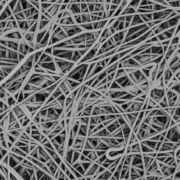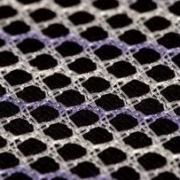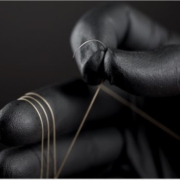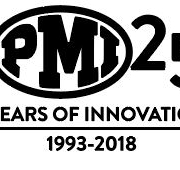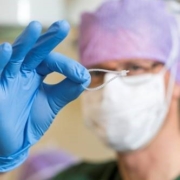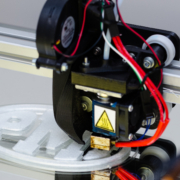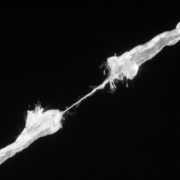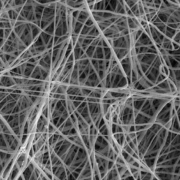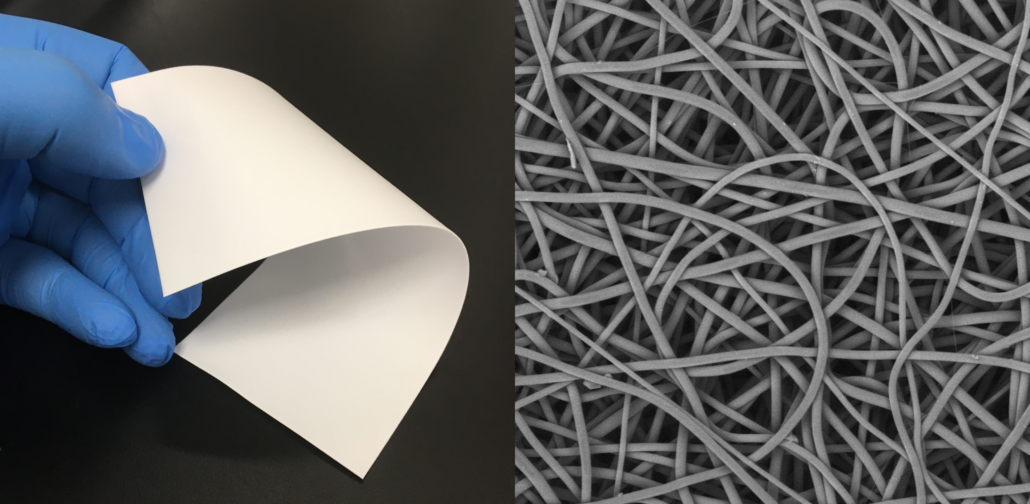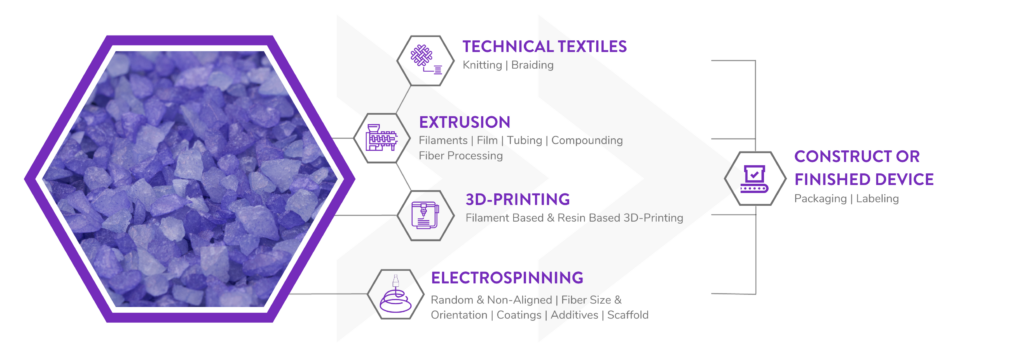Electrospinning for Bioabsorbable Medical Devices: Standardization for Fiber-Based Devices
Poly-Med had the recent opportunity to present at an ASTM Workshop on the Characterization of Fiber-based Scaffolds and Devices in Manchester, NH at the Advanced Regenerative Manufacturing Institute (ARMI) https://www.armiusa.org/. The workshop was organized by ASTM International (http://www.astm.org), the National Institute of Standards and Technology (NIST) https://www.nist.gov/, and hosted by ARMI. The workshop featured seminar discussions from academia, clinicians, and included industrial spotlights on emerging technologies and application of fiber-based scaffolds and the promise they offer for regenerative medicine and medical device applications. Attendees of the workshop were able to discuss how fiber-based scaffolds are able to mimic the mechanics, architecture, and functionality of native tissues, while providing a temporary replacement for new cellular and tissue growth. A key focus of the event was the development of fiber-based scaffold characterization techniques to ensure consistency across facilities and uniformity in construct description and categorization.
Poly-Med presented on the importance of accurate and timely measures of critical release criteria for fiber-based scaffolds. Such criteria are required to ensure that high quality, safe, effective, and consistently reliable products are provided to clinicians. Poly-Med’s extensive work on fiber-based scaffolds and device examples spanned the use of technical textiles (warp knit, weft knit, and braided constructs), as well as the innovative technologies of electrospinning and additive manufacturing. Key areas of interest at this workshop included, image-based analysis approaches reviewing periodicity, porosity (void space), and diffusivity of fiber-based constructs. Method development and release testing were discussed along with batch-to-batch variations and the importance of establishing robust specifications that can be accurately, and reproducibly, measured.
Fiber-based scaffolding continues to be an ideal platform for tissue scaffolds and medical devices, yet still requires superior characterization to be fully utilized across emerging medical therapies. If you are interested in converting your lab-based scaffold into a robust medical device, be sure to contact Poly-Med to learn about our fiber-based methods and our in-house electrospinning capabilities.

